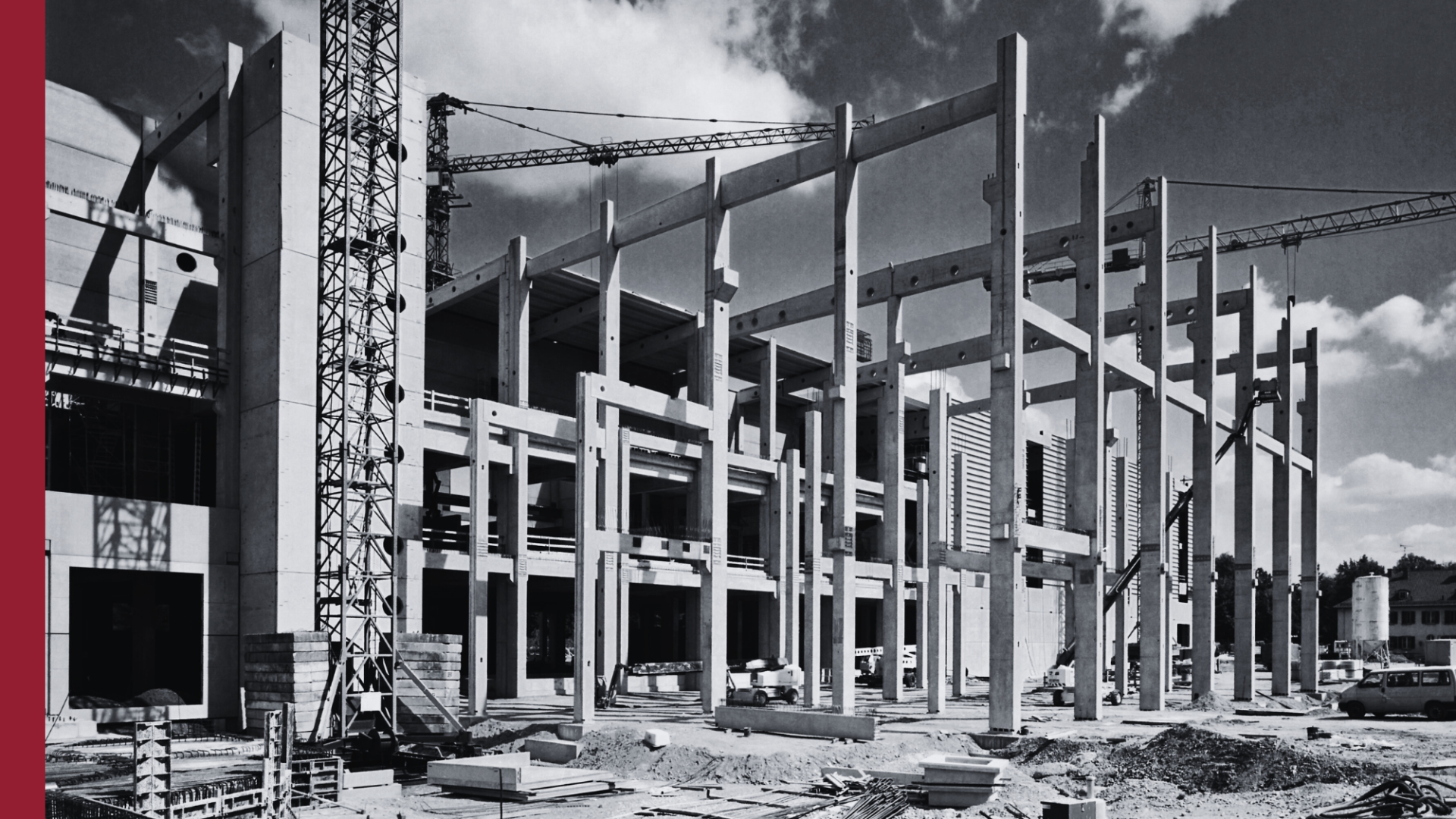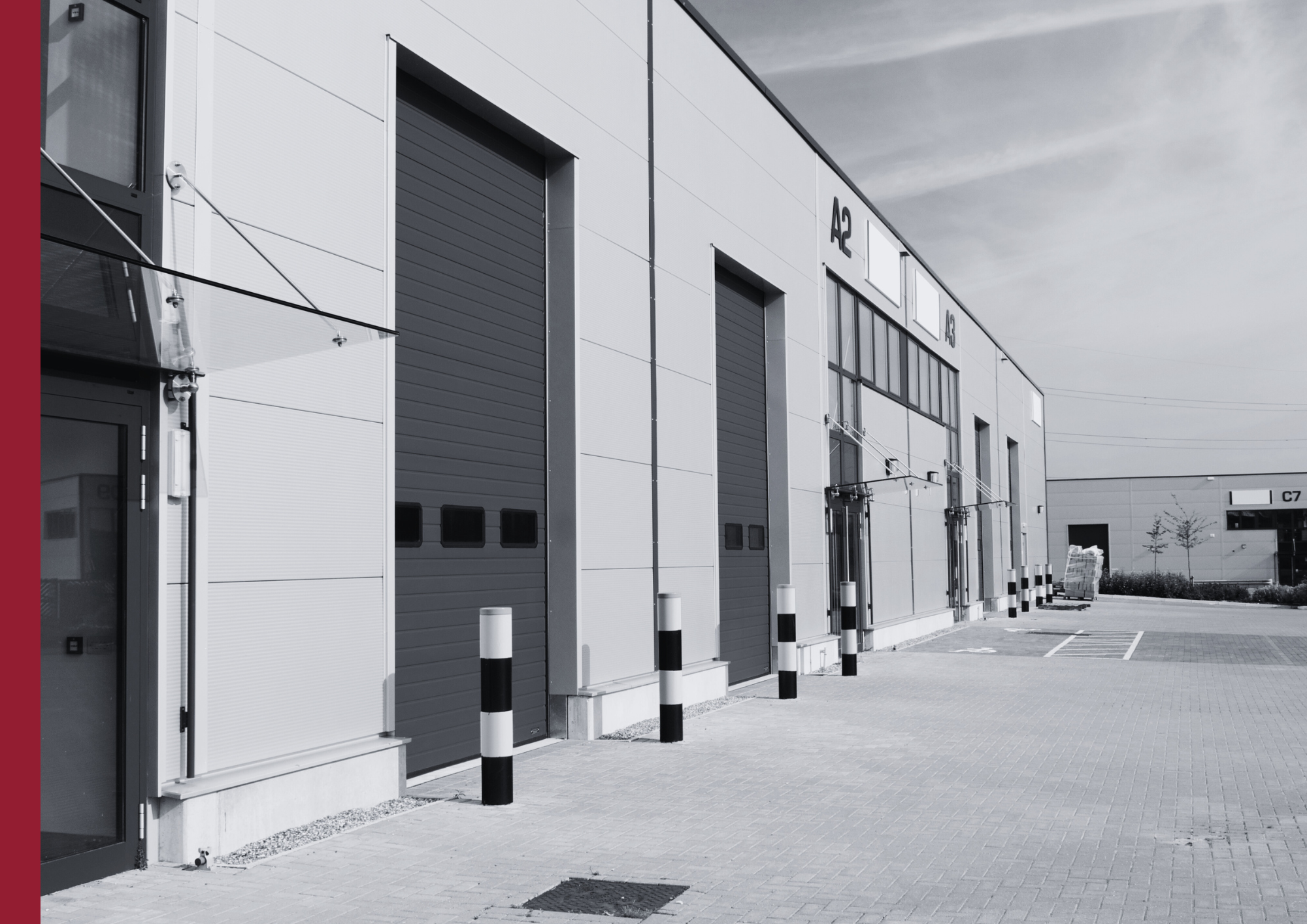In any construction project, time and money are resources that must be protected as much as possible. A minor setback can lead to significant losses and costly delays: from machinery failure or theft of materials to damage caused by weather events or human error. That is why the most forward-thinking companies include in their planning a comprehensive construction insurance, designed to respond to any unforeseen circumstances and ensure that the project is completed successfully.
With professional advice from our team, at Ambler we help you understand and take out the comprehensive construction insurance that best suits your project: what it includes, what it excludes, who should take it out and how to coordinate it with other policies so that the work can progress smoothly.
What does comprehensive construction insurance cover?
Comprehensive construction insurance protects the project against sudden and accidental material damage during the execution phase. It can also be extended to equipment, related expenses and maintenance periods, depending on the contract.
Basic coverage
- Material damage to the construction site: includes damage to the construction site itself due to accidental events such as collapses, fires, theft, vandalism and common natural events (rain, wind, hail, snow, among others) that affect elements already executed or stored. The specific scope depends on the conditions and exclusions by type of event or location of the materials.
- Damage to machinery or equipment used in construction: this can cover construction equipment and machinery against unforeseen damage while on the insured site, provided that they are listed in the policy or in the declared inventory. It is important to differentiate between fixed construction machinery, contractor equipment and portable tools, as limits and excesses may vary.
- Expenses arising from demolition or clean-up after an accident: when damage requires the removal of debris, demolition of unstable parts or clean-up of affected areas, the policy usually includes a specific limit to cover these additional expenses.
Optional or extended cover
- Third-party liability: although the focus of comprehensive construction insurance is the protection of the work, many policies include or allow the addition of third-party liability for damage to third parties (persons not involved in the work or third-party property). Limits appropriate to the work environment and the magnitude of the risk are recommended, and extensions such as cross-liability between parties involved should be considered.
- Damage to adjacent works: when there are nearby buildings or infrastructure, a specific extension can cover material damage to those properties resulting from construction activity. It is important to technically define the scope and compensation limits.
- Additional expenses (urgent transport, overtime, acceleration of work): after an accident, rescheduling the work may require express transport of materials, additional staff or extended shifts. Some policies include a sublimit for these expenses, which help to get back on track.
- Coverage during maintenance after delivery of the work: comprehensive construction insurance can be extended to a maintenance period, during which the contractor carries out agreed adjustments or repairs. This phase covers accidental damage related to these actions, in accordance with the established conditions.
What does comprehensive insurance not cover?
Despite its name, it does not cover ‘everything’. There are common exclusions that you should be aware of:
Poor execution or design flaws
Calculation errors, design flaws, unsuitable materials or incorrect execution are not covered as insured material damage. There are specific technical coverages on the market (professional liability policies, ten-year guarantees for certain cases, etc.) that address these types of risks from a different perspective.
Natural wear and tear of materials or equipment
Normal wear and tear, depreciation over time, or lack of routine maintenance are not considered insurable incidents under this policy.
Intentional acts or gross negligence
Damage caused intentionally or through grossly negligent behaviour is not covered.
Wars or natural disasters not covered by the Insurance Compensation Consortium
Extraordinary events managed by the Consortium have their own framework. The comprehensive construction insurance policy and its paid receipt are necessary for the Consortium to take action when appropriate, but cases not covered by this body will not be eligible for compensation through this channel.
Who should take out comprehensive construction insurance?
Various parties may take out this type of insurance:
Construction companies and developers
In building or infrastructure projects, they are usually the ones who coordinate the purchase of comprehensive construction insurance to cover the project as a whole. It is advisable to include all agents with an insurable interest as additional insured parties where appropriate.
Subcontractors responsible for critical parts of the work
If a company takes on high-value or high-risk work packages, it may require or purchase a policy that protects its scope, coordinated with the main policy to avoid overlaps or gaps.
Private owners in self-promotion projects
In a single-family home or similar property, the self-builder may take out comprehensive construction insurance to protect the investment until final delivery.
Engineering or post-construction maintenance companies
When undertaking adjustments and revisions, it is prudent to maintain the maintenance extension or a specific policy depending on the scope of the work.
Can I insure a renovation or refurbishment with comprehensive construction insurance?
Comprehensive construction insurance applies to renovations, extensions and refurbishments. In these cases, technical information is particularly important:
- Scope description: which items will be executed, methods, materials, and planned phases.
- Insured value: budget for material execution and, where applicable, stockpiled materials or equipment.
- Specific risks of the existing property: structure, installations, roofs and adjacent elements that could be affected.
- Prevention and safety measures: access, collective protection, surveillance, control of stockpiles and keys, as well as emergency plans.
In works on buildings in use, it is important to assess reinforced limits for civil liability towards third parties and damage to adjacent properties, as well as adequate sub-limits for demolition and rubble removal costs. It is also useful to review conditions for loss of profit due to delay when the project has deadline commitments with contractual penalties, an option available from some insurers.
Does comprehensive construction insurance cover workplace accidents?
It does not replace statutory employment and social security cover. Comprehensive construction insurance covers physical damage to the works and, if taken out, third-party liability. Accidents involving workers are dealt with under collective agreement policies, mutual insurers and, where applicable, employer’s liability when employees claim for personal injury. For comprehensive protection, it is advisable to coordinate:
- Operational Public Liability policy with a cross-liability extension and, where appropriate, Employers’ Liability.
- Group personal accident insurance for staff in accordance with the applicable collective agreement.
- Mutual insurer and compulsory covers as required by labour and health & safety regulations.
Is it compulsory to take out a Construction All Risks (CAR) policy?
As a rule, there is no universal statutory requirement for all works. Even so, comprehensive construction insurance insurance is often required by contract on projects promoted by companies, by financiers, or by public authorities tendering works. In addition:
- In building projects intended for sale, the ten-year structural defects warranty has its own framework and may require independent technical control measures separate from the CAR.
- In private contracts, the developer may stipulate minimum limits, maximum excesses and maintenance periods.
- In financed projects, the lender may make drawdowns conditional on submission of the in-force policy with evidence of premium paid up to date.
As a matter of prudence, even when no one requires it, it is strongly recommended. The cost of a properly rated premium is usually far lower than the financial impact of a significant loss.
The peace of mind your project needs.
Comprehensive construction insurance is key to protecting investment, timelines and reputation during the works. Properly structured, it reduces uncertainty and speeds up recovery after an incident. If you would like to review your project with a specialist and compare market options, at Ambler we support you as your insurance broker, analysing risks, calibrating limits and negotiating terms so your project progresses with the right protection. Contact us and we will help you define the comprehensive construction insurance that best fits your objectives.





